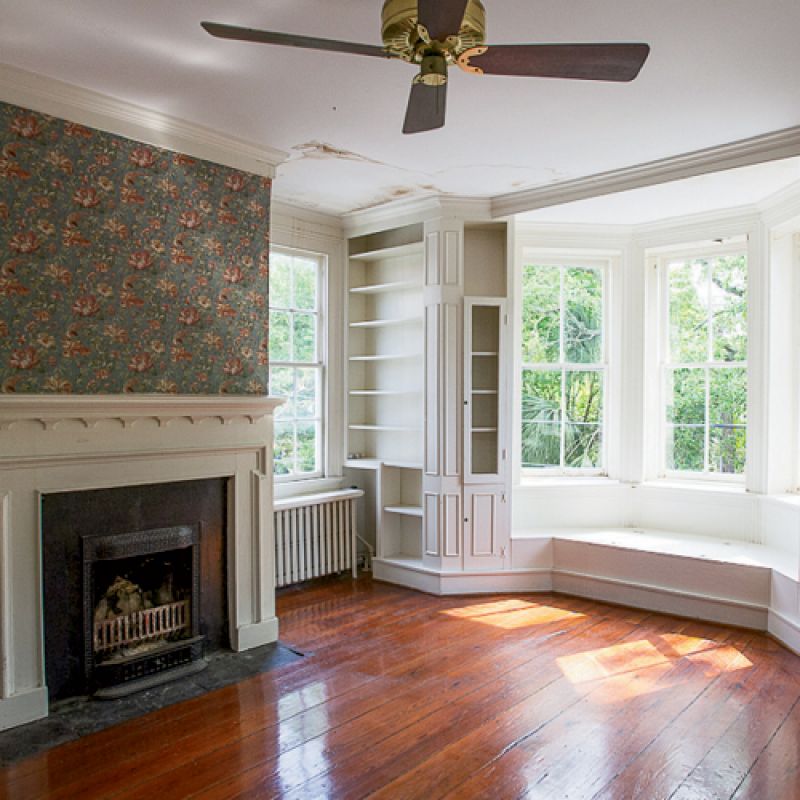
A dilapidated neighborhood in the 1950s, a South Battery manse facing life as a condo building in the 1980s, and a circa-1790 residence that today begs for repair. The thread that ties all together is Historic Charleston Foundation (HCF), which for decades has been using its pioneering Frances Edmunds Revolving Fund to rescue old Holy City buildings.
Created in 1957, the revolving fund was the first of its kind in the country (today, it’s been replicated many times over). The idea was to buy an endangered property, stabilize it, and place protective covenants on the deed, then resell it to a preservation-minded buyer, tucking the proceeds back into the fund.
HCF’s first mission was massive: to save Ansonborough, a historical neighborhood that had become badly deteriorated. “The focus not just on buildings but on a neighborhood was ground-breaking,” says chief preservation officer Winslow Hastie. “The foundation recognized the importance of protecting the whole assemblage.” In Ansonborough alone, the fund financed 60-plus property flips through the 1970s—a project that was recognized nationally as an outstanding example of neighborhood rehabilitation.
Next came other buildings on the peninsula and beyond, including Moncks Corner’s Mulberry Plantation, thought to be the oldest exposed brick building in the Carolinas. To date, the revolving fund has been used to rescue a staggering 100 residences.
Just last spring, HCF scooped up the circa-1790 Elizabeth Williams House at 35 Legare, complete with a brick dependency and a Loutrel Briggs-designed garden. On the market for $1,900,000, it needs TLC, notes Hastie, but has a remarkably intact historical fabric.
The difficulty, Hastie says, is that today, “Price points in Charleston have become so high that the properties [we buy] haven’t been revolving any money.” HCF is thus considering alternate models for protecting historic buildings, such as revolving loan funds (it would loan money to home buyers) and partnerships with other organizations to stabilize neighborhoods. “These are opportunities to limit our risk and have a greater impact,” Hastie enthuses. “We’re very excited about the future.”